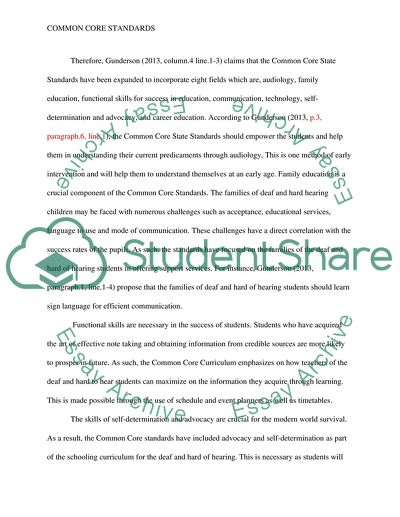Cite this document
(“How Does Common Core Work for Children who are Deaf and Hard of Assignment”, n.d.)
Retrieved from https://studentshare.org/education/1675711-ass1-jan30
Retrieved from https://studentshare.org/education/1675711-ass1-jan30
(How Does Common Core Work for Children Who Are Deaf and Hard of Assignment)
https://studentshare.org/education/1675711-ass1-jan30.
https://studentshare.org/education/1675711-ass1-jan30.
“How Does Common Core Work for Children Who Are Deaf and Hard of Assignment”, n.d. https://studentshare.org/education/1675711-ass1-jan30.


